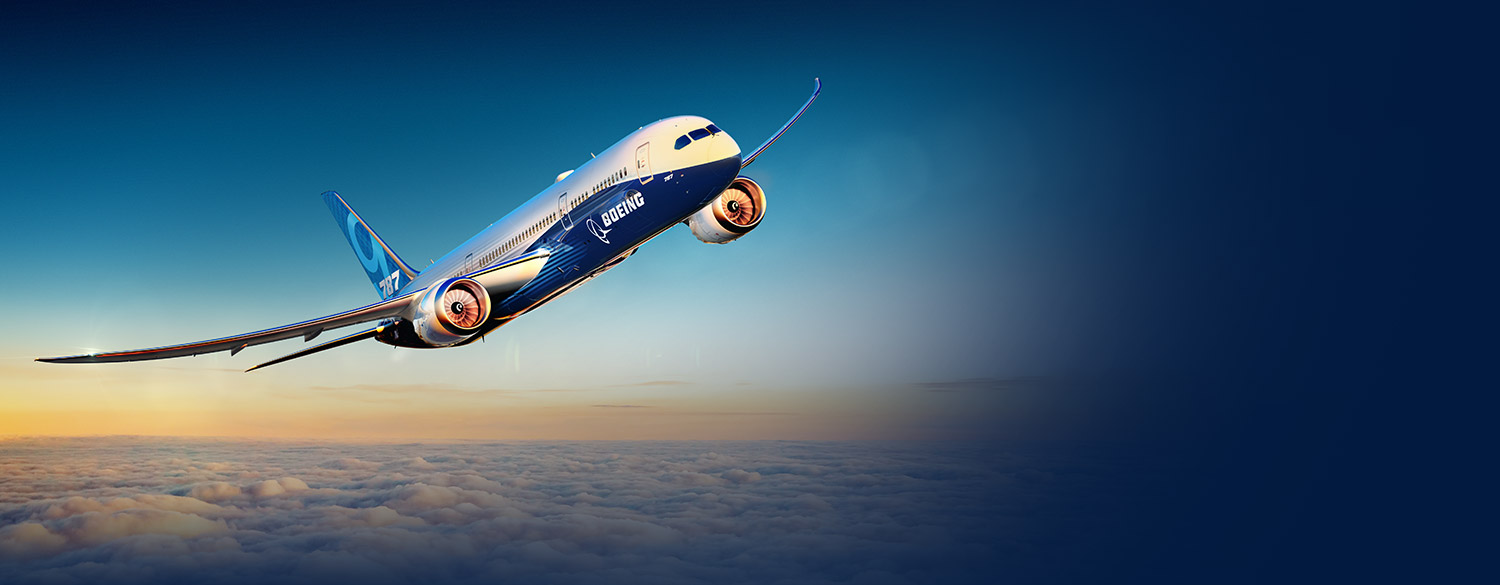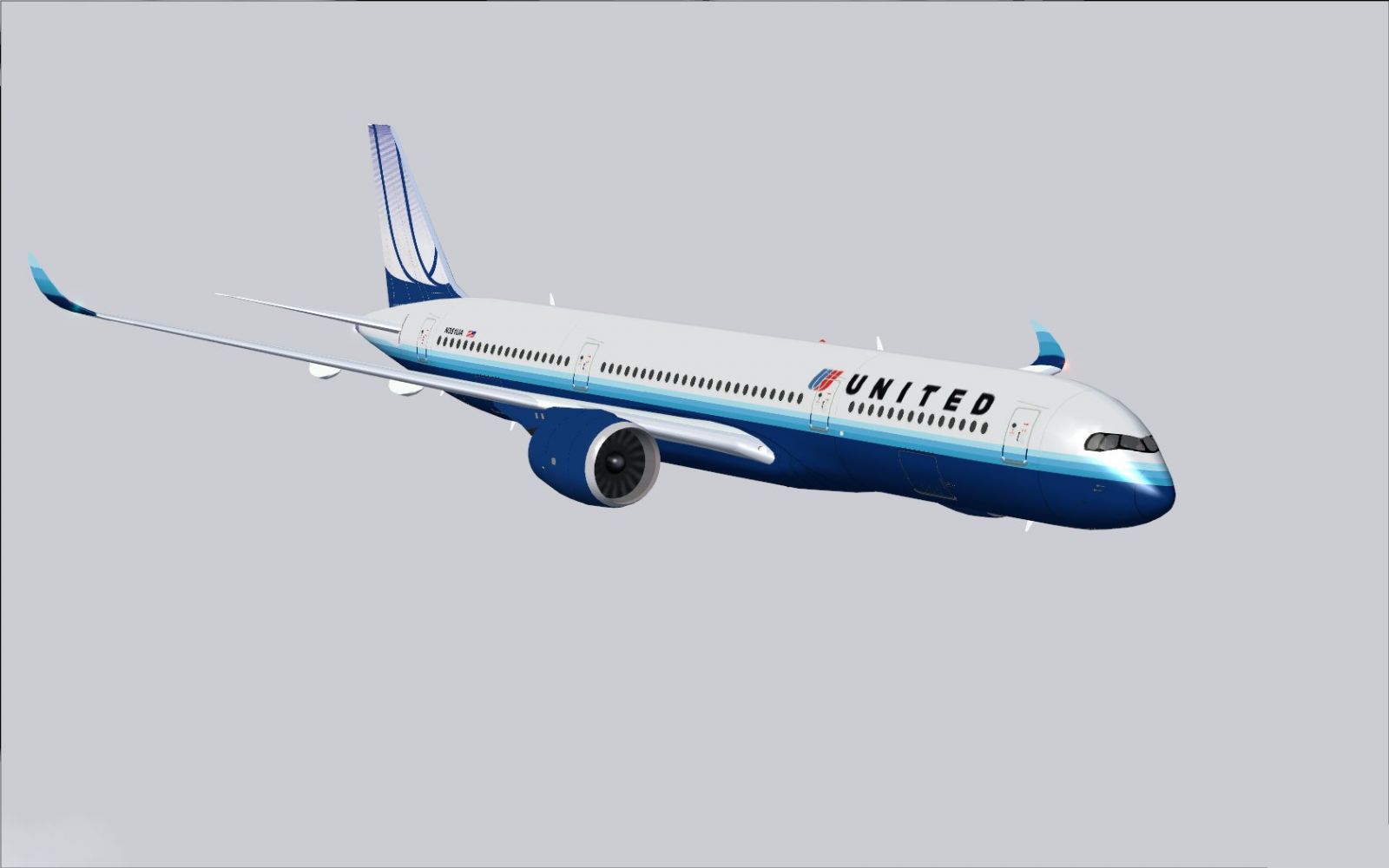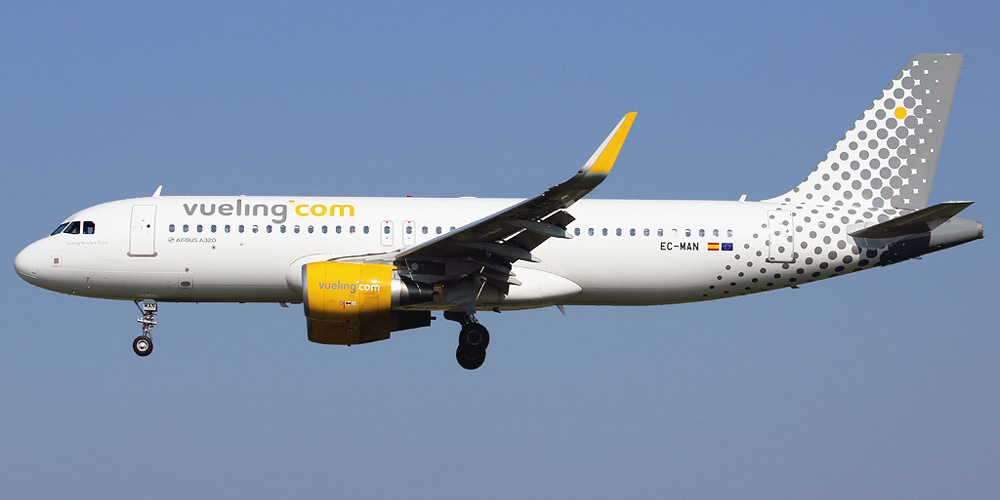Leeham News and Analysis
There's more to real news than a news release.
Boeing’s bold ambition
Subscription Required
Introduction
Sept. 25, 2017, © Leeham Co.: The ambitious plan of Boeing CEO Dennis Muilenburg to grow after-market services from today’s $14bn in revenues to $50bn in 5-10

Stan Deal, CEO of Boeing Global Services.
years was announced nearly a year ago—Nov. 21.
Boeing Global Services, or BGS, combines separate operations in Boeing Commercial Airplanes and Boeing Defense, Space and Security (BCA and BDS respectively).
The growth depends on a combination of improving its current operations, growing organically and through mergers and acquisitions.
Wall Street aerospace analysts generally regard the timeline as ambitious.
In an interview with LNC, the CEO of BGS, Stan Deal, agreed.
Summary
- Muilenburg’s bold ambition.
- The next 100 years.
- Creating a value proposition.
Assessing the 25 YOA aircraft factor
Subscription Required
Introduction
Sept. 21, 2017 © Leeham Co.: Airbus and Boeing look ahead to 2021 and the next several years when wide-body aircraft begin turning 25 years old to spur orders for this sector.
Boeing specifically points to this period as one reason for the announcement last week that it will boost production of the 787 to 14/mo beginning in 2019.
Summary
- There already are 1.4 times more wide-body airplanes scheduled for delivery in 2021-2025 than there are aircraft turning 25 years old.
- The next surge in aging aircraft comes ~2030.
- Middle of the Market aircraft isn’t factored in.
Assessing the 787 production rate increase
Subscription Required
Introduction
Sept. 18, 2017, © Leeham Co.: Boeing last week announced it will take the production rate of the 787 from 12/mo to 14/mo in 2019.

Boeing 787-9. Source: Boeing.
The decision to do so was couched in a strong backlog and strong forthcoming demand by CEO Dennis Muilenburg at a Morgan Stanley conference.
But analysts think the move is more about boosting free cash flow and hitting margins than it is about demand.
Summary
- Boeing sees demand surging from 2019 for widebodies generally and the 787 specifically.
- Muilenburg says Boeing is working “skyline” positions in 2019 and 2020 (LNC saw these years as already filled).
- Widebody jets hitting 25 years old early next decade.
- Airbus concurs.
Assessing the United A350-900 order
Subscription Required
Introduction

United Airlines last week returned to the Airbus A350-900 it originally ordered. It will replace Boeing 777-200ERs beginning in 2022. Image via Google.
Sept. 11, 2017, © Leeham Co.: The deal last week between United Airlines and Airbus was a winner for the carrier and a mixed win for the OEM.
Boeing was also a mixed winner.
Summary
- United was in the best position to come out ahead, and it did.
- Airbus kept a high-profile US customer, but the A350-1000 program took a hit.
- Boeing’s strategy of putting 777-300ERs into United hurt the A350-1000, but UAL remained an A350 customer.
Costs for IAG’s low-cost airlines
By Bjorn Fehrm
Subscription required
Introduction
September 07, 2016, ©. Leeham Co: Yesterday we described International Airlines Group’s (IAG) Vueling and LEVEL LCCs. Now we look at their cost and compare these to the direct competition; Ryanair, easyJet, Norwegian and Eurowings.
 For Vueling and its competition, we have cost data from 2016 and 1H2017. For LEVEL, it’s too early. It started operations in June 2017. Here we compare the seat-mile costs of the chosen Airbus A330-200 to Norwegian Air Shuttle’s (Norwegian) Boeing 787-8.
For Vueling and its competition, we have cost data from 2016 and 1H2017. For LEVEL, it’s too early. It started operations in June 2017. Here we compare the seat-mile costs of the chosen Airbus A330-200 to Norwegian Air Shuttle’s (Norwegian) Boeing 787-8.
Summary:
- Vueling has higher operating costs than its direct competition, mainly caused by lower load factors and lower fleet utilization.
- At present fuel prices, the A330-200 used by LEVEL does not have a Direct Operating Cost (DOC) disadvantage compared with Norwegian’s 787-8.
Eurowings’ costs compared with the competition
By Bjorn Fehrm
Subscription Required
Introduction
August 31, 2017, © Leeham Co.: We presented Lufthansa Group’s LCC, Eurowings, yesterday. It’s an amalgamation of different companies; some started out as LCCs (Germanwings), others, the remains of defunct Legacies (Brussels Airlines).
The mix is spiced with leased-in parts of the non-Legacy, non-LCC Air Berlin. Can such a cocktail compete with the LCC specialists? We look at operational and financial data for Eurowings and its competition. How far from the competition is the costs today and will the outlined improvements close the gap?
We look at operational and financial data for Eurowings and its competition. How far from the competition is the costs today and will the outlined improvements close the gap?
Summary:
- Eurowings of today is not competitive on costs with equivalent LCCs.
- The announced changes up to 2020 will narrow the gap but not close it.
Two short hops or one long for LCC long-range?
By Bjorn Fehrm
Subscription Required
Introduction
August 24, 2017, © Leeham Co.: We presented WOW Air yesterday, a long-range LCC which is using its Reykjavik, Iceland, hub to fly passengers over the Atlantic in two shorter hops instead of one long one.
It allows WOW Air to operate with single aisle A320 family aircraft instead of the classical long-range widebodies. But is it a more economical way of flying? The distance over the hub is longer than if flying direct, Figure 1.

Figure 1. Distances when flying Berlin-Chicago direct or over Reykjavik. Source: Great Circle Mapper.
We use our performance model to understand if two shorter hops with an Airbus A321 is a lower cost alternative to flying passengers direct with an Airbus A330.
Summary:
- What is the most economical way to fly? Two shorter hops with an A321or one longer with the A330?
- Our airline performance model gives the answer. We calculate fuel burn and compares Cash Operating Costs (COC) using WOW Air as example.
Airbus looks to increase, US, Canada spending
Subscription Required
Introduction
Aug. 21, 2017, © Leeham Co.: Airbus continues its drive to purchase goods from suppliers outside Europe, encouraging development of an aerospace cluster around its new Mobile (AL) plant.
Washington State, the home to arch-rival Boeing, has moved up slightly as a major supplier to Airbus.
Canadian suppliers now sell $1.4bn in goods and services to Airbus.
LNC met with Joe Marcheschi, the director of strategic procurement for Airbus Americas, on the sidelines of the ADSE conference at the Abbotsford Air Show Aug. 12.
Summary
- Mobile aerospace cluster doesn’t have to include huge facilities.
- Striving for environmentally friendly approach.
- Growth at Mobile will come from production rate increases.




